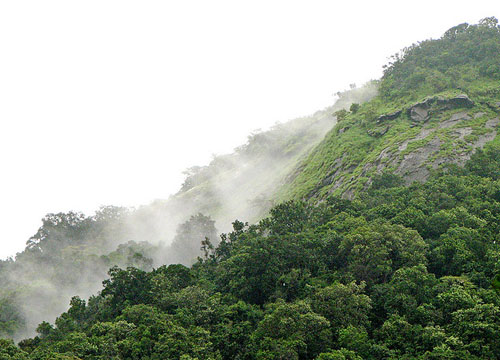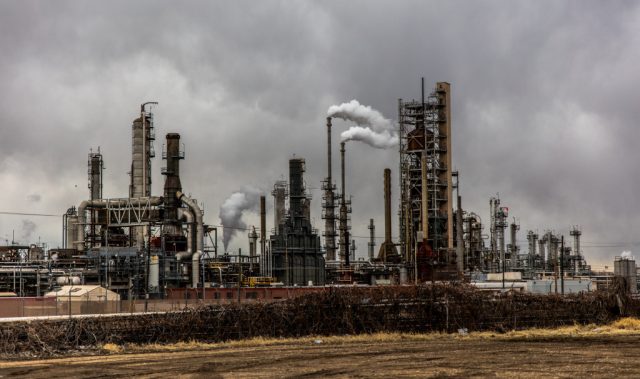
AsianScientist (Aug. 14, 2015) – The Indian summer monsoon, known for its unpredictability, can go through cycles that last longer than a millennium, according to a new study published in Geophysical Research Letters.
Conducted by a team of researchers from China, India and the US, the study shows that the Indian summer monsoon went through extremely wet, dry, and very dry phases, between 31,550—13,050 BC, each phase lasting at least a thousand years.
Failing monsoons in historical times have been attributed to catastrophic effects ranging from population displacement to the demise of civilizations across South Asia. Monsoons account for 80 percent of the rain received on the sub-continent.
“Studies like this one and several others have shown that the Indian monsoon has several natural modes of variability with periods ranging from millennium to multi-decadal,” says Professor B N Goswami from the Indian Institute of Science Education and Research, Pune, who didn’t participate in the study.
Goswami notes that while there have been previous studies showing millennium-scale variations in the Indian monsoon, this is the first study to discover such a variation between 31,550 BC and 13,050 BC.
The researchers collected carbonate samples from Mawmluh Cave, Meghalaya, India, and analysed the stable oxygen isotope delta O-18. Their analysis showed that, 31,550—30,500 BC had extremely wet summer monsoons, 24,050—21,550 BC had dry monsoon spells and 15,050—13,050 BC had extremely dry seasons.
“Cave carbonates are basically precipitated from dripping rain water in carbonate caves. Therefore, they carry oxygen isotopic signal of rain water which represents isotopic composition of the source”, explains Anil Gupta, director at the Wadia Institute of Himalayan Geology, and participant in the study.
Gupta and his team used oxygen isotopes to determine the strength of previous monsoons. Interestingly, these ‘abrupt’ changes in the Indian summer monsoon coincide with an increase in temperature difference between land and sea. Researchers believe that variations in the intensity of monsoon are related to an increasing temperature contrast.
According to Gupta, the findings give new insights into the behavior of Indian summer monsoon that is believed to be affected by human-induced climate change.
“More likely, monsoon will intensify in a warm world, although most abrupt changes are seen during the cold intervals,” Gupta says.
However, Goswami believes that it is hard to find out how much variation in Indian monsoon rainfall are caused by its natural modes and how much by anthropogenic activities.
“Does this study help us peek into behavior of Indian monsoon under climate change? We don’t know. That still remains an open question”, Goswami says.
The article can be found at: Dutt et al. (2015) Abrupt changes in Indian summer monsoon strength during 33,800 to 5500 years B.P.
———
Source: SciDev.net; Photo: Shutterstock.
Disclaimer: This article does not necessarily reflect the views of AsianScientist or its staff.












